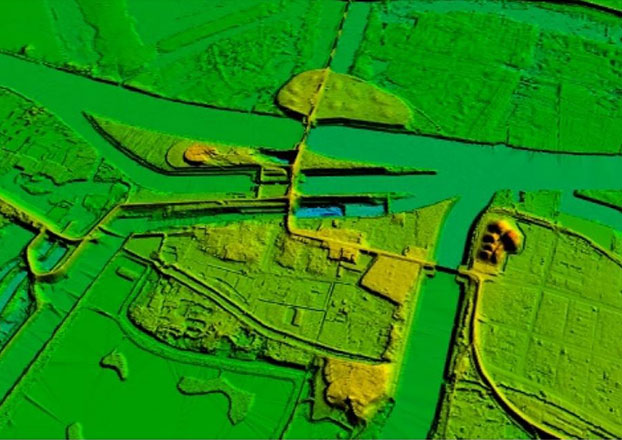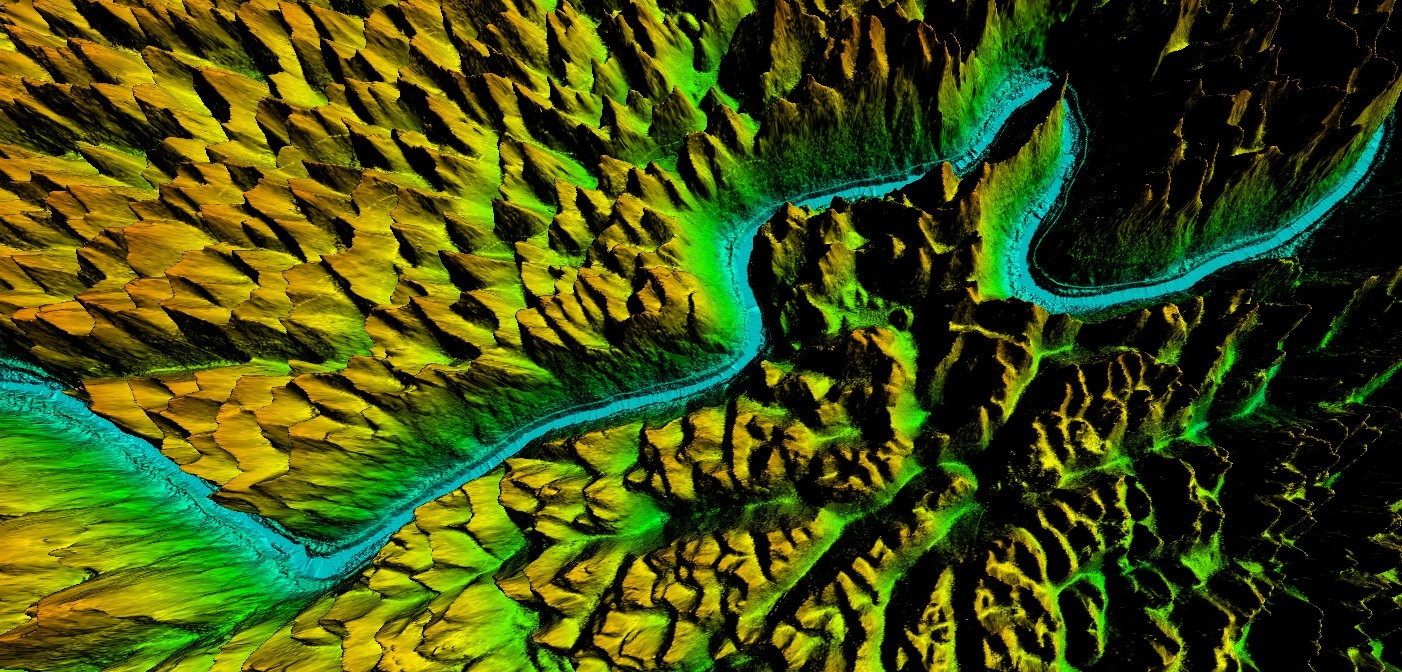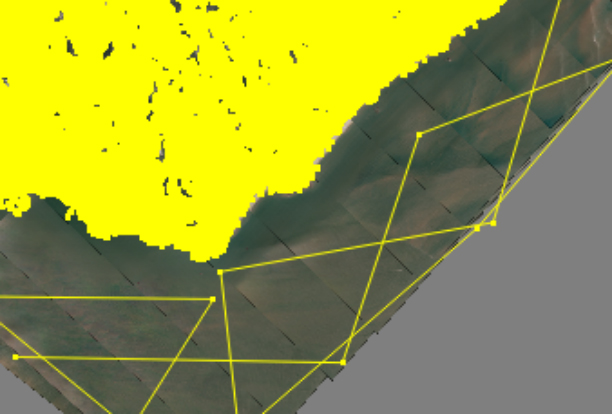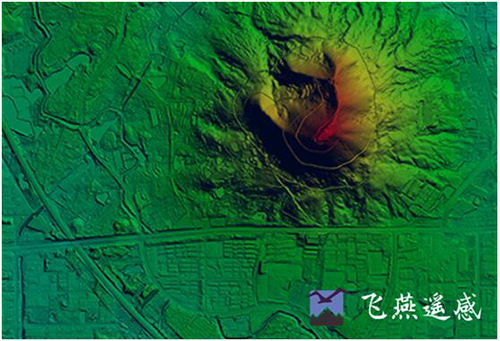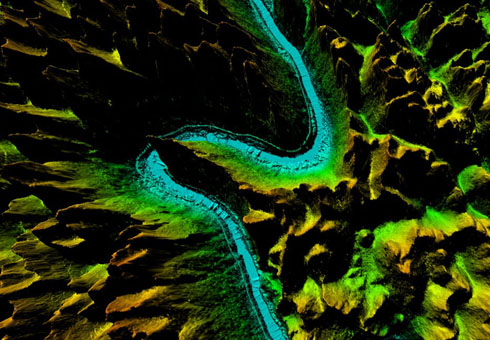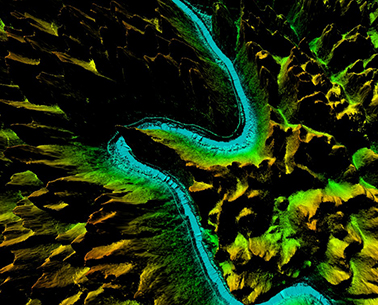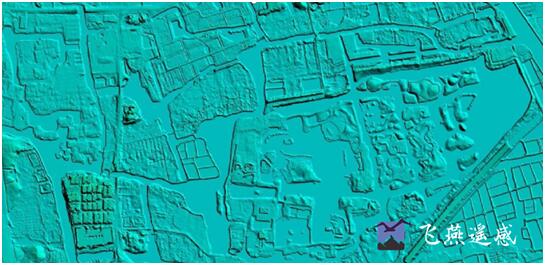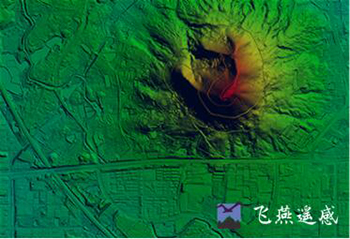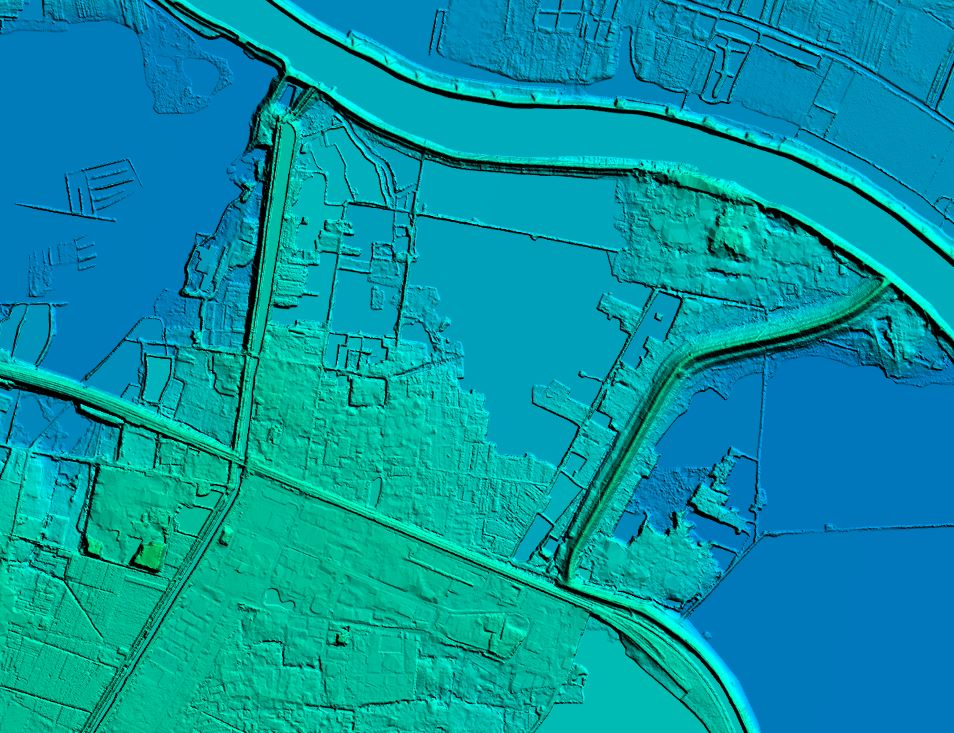
search
How to produce digital elevation models?
Jul 17, 2023
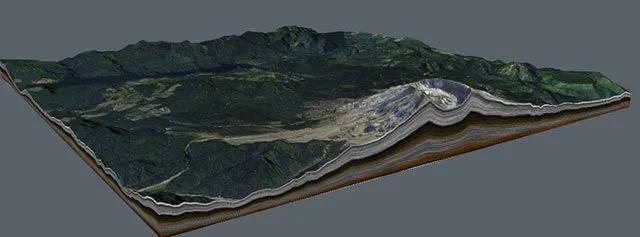
There are three main types of data acquisition:
1) Measurement directly from the ground, such as GPS, total station, field measurement, etc.;
2) According to the aerial or space images, through the photogrammetric way, such as stereo coordinate observation and space-three encryption, analytical mapping, digital photogrammetry, etc.;
3) Collect data from existing topographic maps, such as grid reading method, digitizer manual tracking and semi-automatic collection by scanner, and then generate DEM through interpolation.
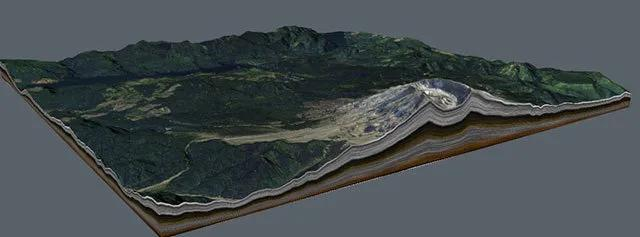
How to obtain higher precision DEM?
With the data of several high-resolution satellites as the original data, the directional points with 3D coordinates obtained by aerial triangulation and solved by strict adjustment constitute a triangulation network to generate a digital surface model, and then process and produce a 5m/10m spatial resolution digital elevation model (DEM) through intelligent human-computer interaction means such as filtering and editing.
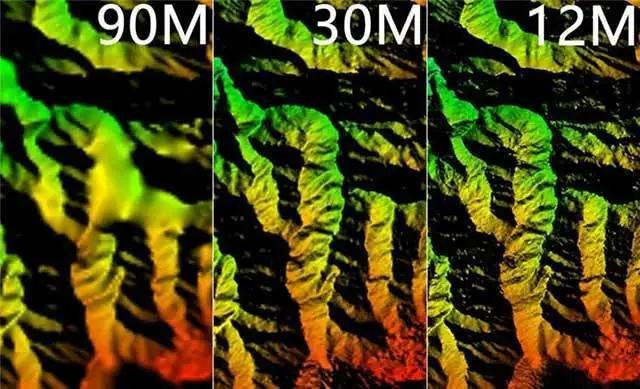
At present, by using high-precision DEM data, GIS and hydrology methods, Feiyan Remote Sensing can finally determine the distribution range of water-prone areas in urban built-up areas through flow direction calculation, depression point data extraction, depression contribution area extraction, depression depth calculation and accuracy evaluation.
-
 Jul 30, 2021
Jul 30, 2021The DEM (1:1000) 12000kmВІ of the entire watershed area was obtained and processed within 40 days.
Torrential rains have battered Zhengzhou and its surrounding area during the last ten days, displacing hundreds of thousands of people and causing 1.22 billion yuan of economic damage, Henan authorities said Thursday. More > -
 Mar 22, 2022
Mar 22, 2022Guangxi Forestry Bureau's DEM
After collecting the data, the processing of the point cloud data will be done to obtain the desired outputs. In this process, filtering and classification algorithms will be used to remove noise from the data to obtain a clean point cloud. More > -
 Sep 26, 2022
Sep 26, 2022DEM Editing In DOM Aerial Triangulation
DEM editing is an indispensable part of producing orthophotos(DOM). More > -
 Apr 07, 2023
Apr 07, 2023What is Digital Elevation ModelпјҲDEMпјүпјҹ
A digital elevation model (DEM) is a digital representation of the topography of a geographic area. More > -
 Apr 10, 2023
Apr 10, 2023Application of Digital Elevation Model (DEM) in Natural Resources Field
There are many applications of Digital Elevation Model (DEM) in natural resources field, such as environmental analysis, forest management, etc. More > -
 Apr 11, 2023
Apr 11, 2023Application of Digital Elevation Model (DEM) in Multiple Fields
вҖӢDigital elevation model is an important type of geographic data used to represent the topography of a geographic area in a numerical format. More > -
 Apr 20, 2023
Apr 20, 2023What is Digital Elevation Model(DEM)
The Digital Elevation Model is a bare earth raster grid referenced to a vertical datum, and when non-ground points such as bridges and roads are filtered out, a smooth digital elevation model is obtained. More > -
 Apr 26, 2023
Apr 26, 2023What is 4D?
4D technology: Digital Elevation Model (DEM), Digital Orthophoto (DOM), Digital Line Drawing (DLG) and Digital Raster Map (DRG). More > -
 Jul 04, 2023
Jul 04, 2023What are the uses of Digital Elevation Model
Digital Elevation Model is a data set of plane coordinates (X, Y) and elevation (Z) of regular grid points within a certain range. It mainly describes the spatial distribution of regional geomorphology, and uses contour lines or similar three-dimensional models for data collection. Acquisition (including sampling and measurement), followed by data interpolation. More >

 Aerial Acquisition
Aerial Acquisition Satellite Acquisition
Satellite Acquisition UAV Acquisition
UAV Acquisition Field Acquisition
Field Acquisition Integrated!
Integrated! LiDAR
LiDAR Orthophoto
Orthophoto DEM
DEM DTM/DSM
DTM/DSM 3D Mapping
3D Mapping Topographic
Topographic Infrared
Infrared Feature Extraction
Feature Extraction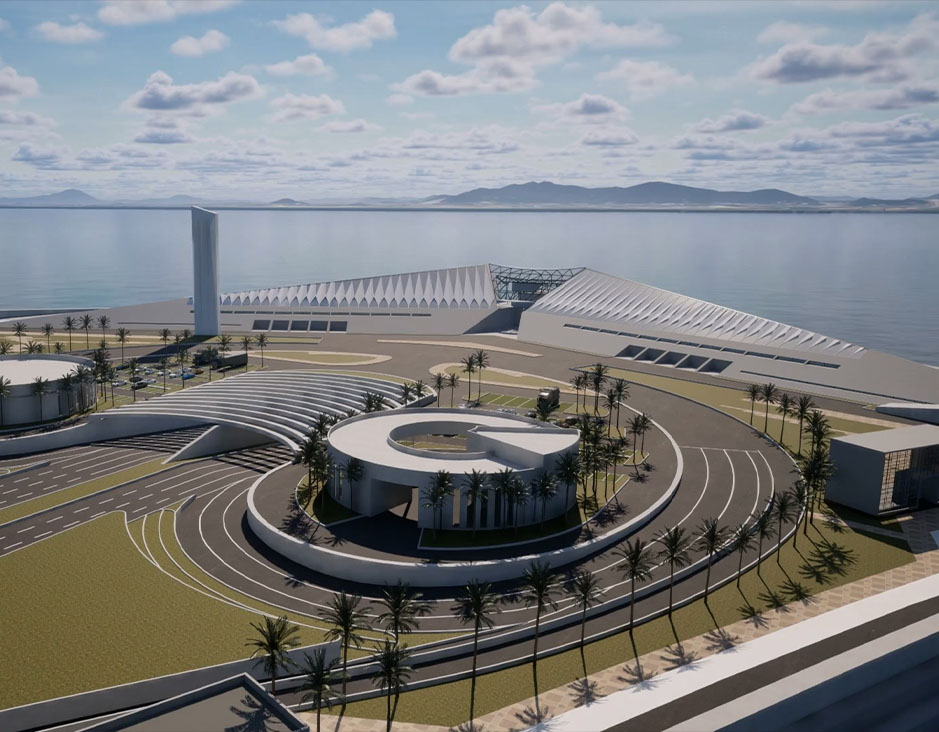 Transportation
Transportation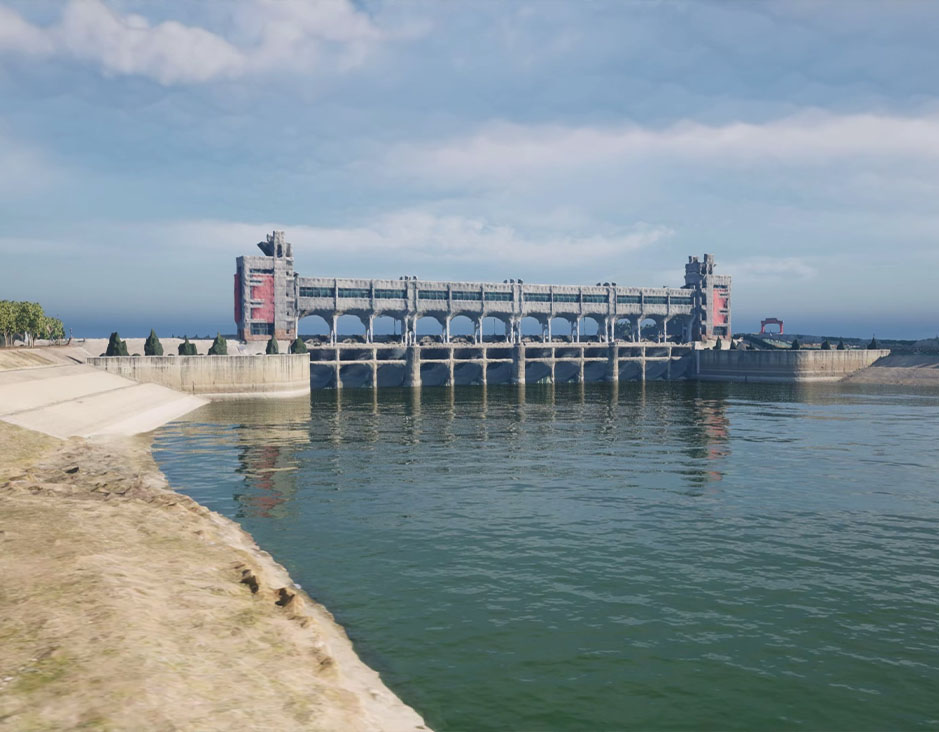 Water
Water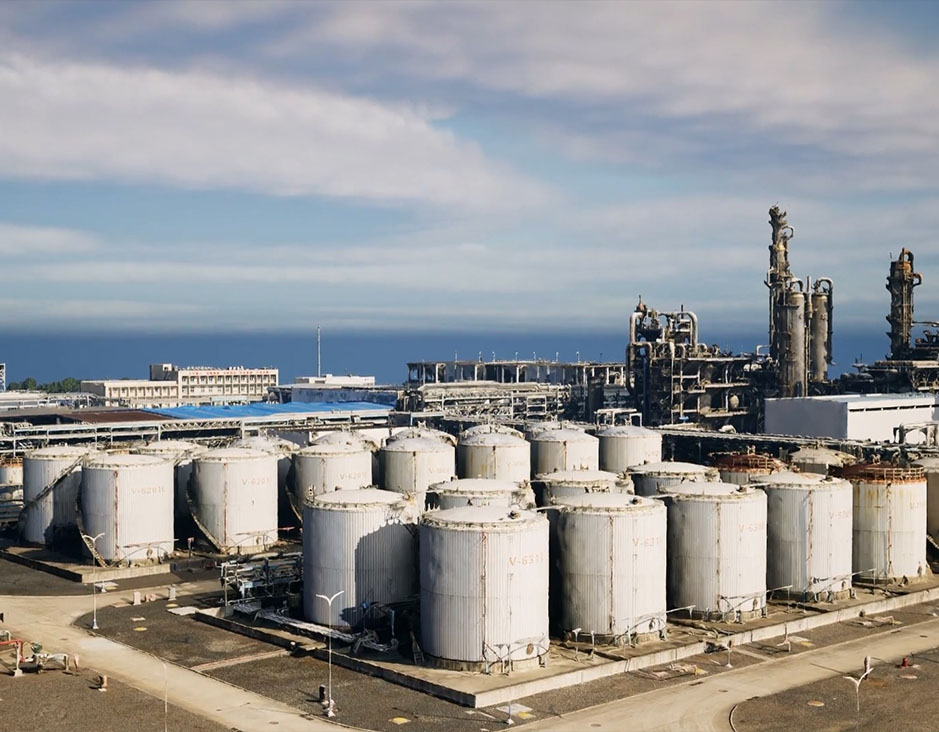 power
power 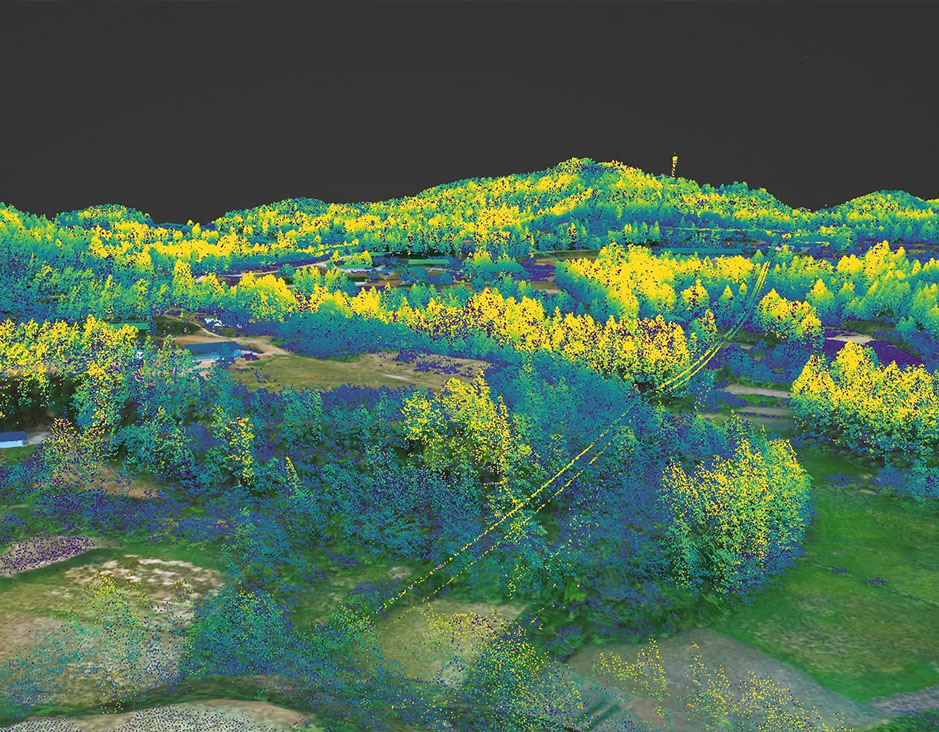 Forestry
Forestry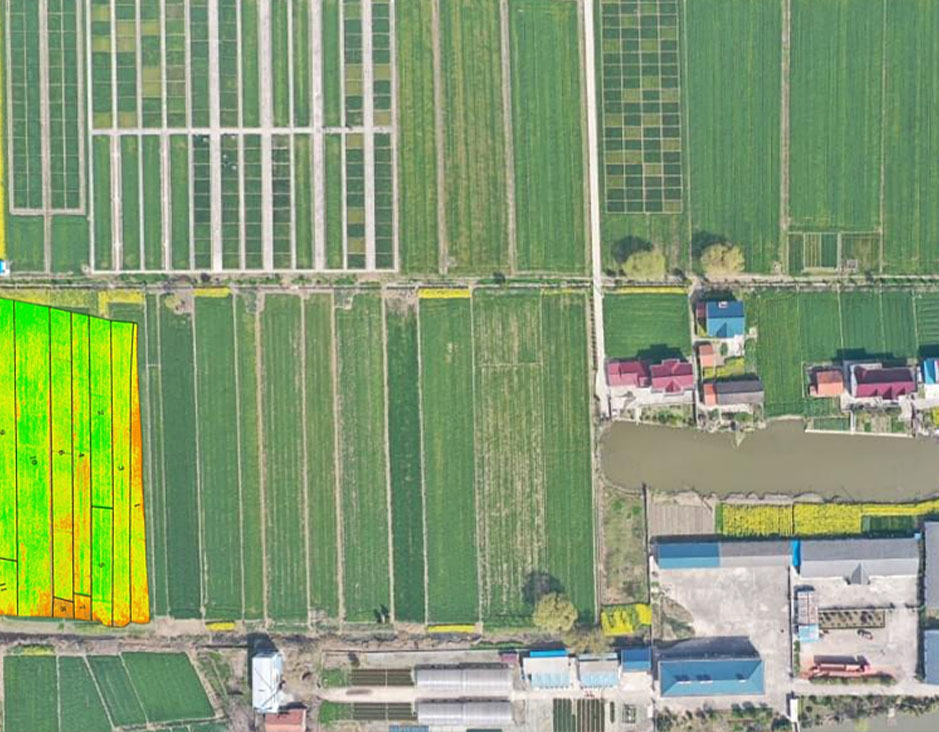 Agriculture
Agriculture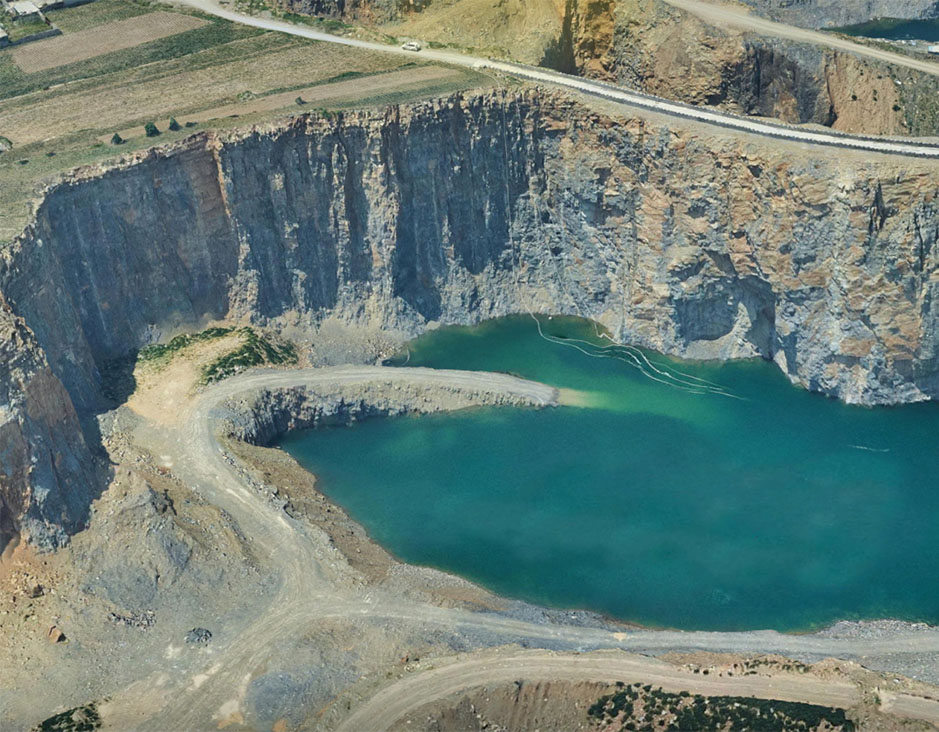 Mines & Quarries
Mines & Quarries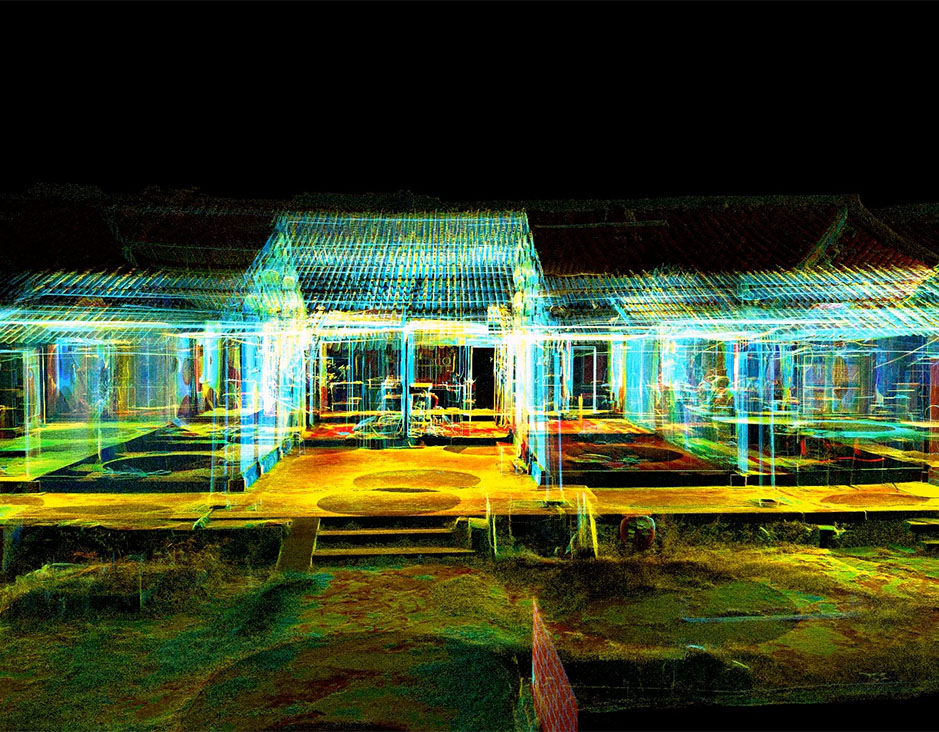 Heritage Buildings
Heritage Buildings About
About Recognition
Recognition Case
Case





